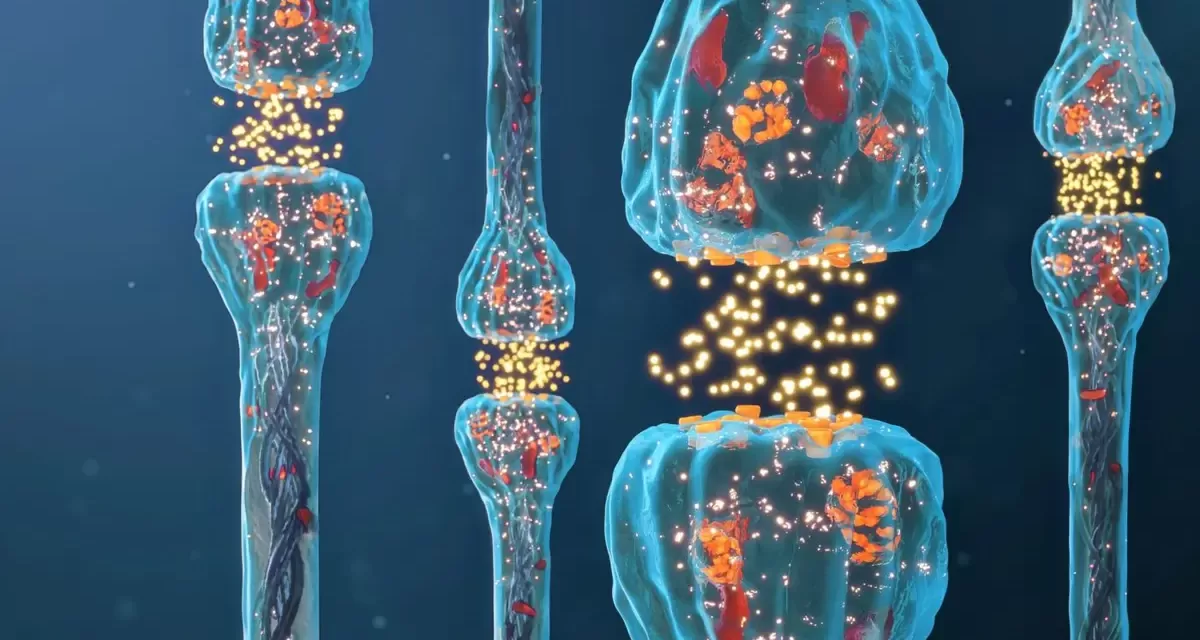St. Louis, MO – A groundbreaking study conducted by researchers at Washington University in St. Louis’ Mallinckrodt Institute of Radiology has identified specific neuronal cells that play a crucial role in our ability to understand other people’s emotions and thoughts. These findings, recently published in Science Advances, highlight the neural basis of social inference—our capacity to interpret nonverbal cues such as facial expressions and body language.
The research team, led by Runnan Cao, Ph.D., an instructor in radiology and former postdoctoral fellow in the lab of Shuo Wang, Ph.D., an associate professor of radiology, discovered more than 700 such neurons in the human brain. Their study, conducted in collaboration with experts from Cedars-Sinai Medical Center and the California Institute of Technology, provides new insights into how the brain processes social information.
Mapping the Brain’s Social Functions
The scientists recorded brain activity in patients undergoing brain surgery, monitoring their responses to images depicting different facial expressions and hand gestures. This allowed them to pinpoint the brain regions responsible for translating social signals into thoughts about others’ emotions and intentions.
Their findings suggest that the medial temporal lobe and medial frontal cortex play distinct yet complementary roles in social cognition. While the frontal cortex processes social information broadly across different inputs, the temporal lobe is involved in more detailed interpretations, helping infer the underlying reasons behind others’ actions and reactions.
Potential Impact on Mental Health Research
By identifying the neurons involved in social inference, the study may contribute to understanding neurological conditions such as autism spectrum disorder, schizophrenia, and Parkinson’s disease. Disruptions in these neural pathways could help explain social deficits associated with these conditions and lead to targeted therapeutic interventions in the future.
The study, titled Domain-specific representation of social inference by neurons in the human amygdala and hippocampus, was authored by Runnan Cao and colleagues and can be accessed through Science Advances (DOI: 10.1126/sciadv.ado6166).
Disclaimer: This article is for informational purposes only and does not constitute medical advice. Readers are encouraged to consult healthcare professionals for specific medical concerns.












